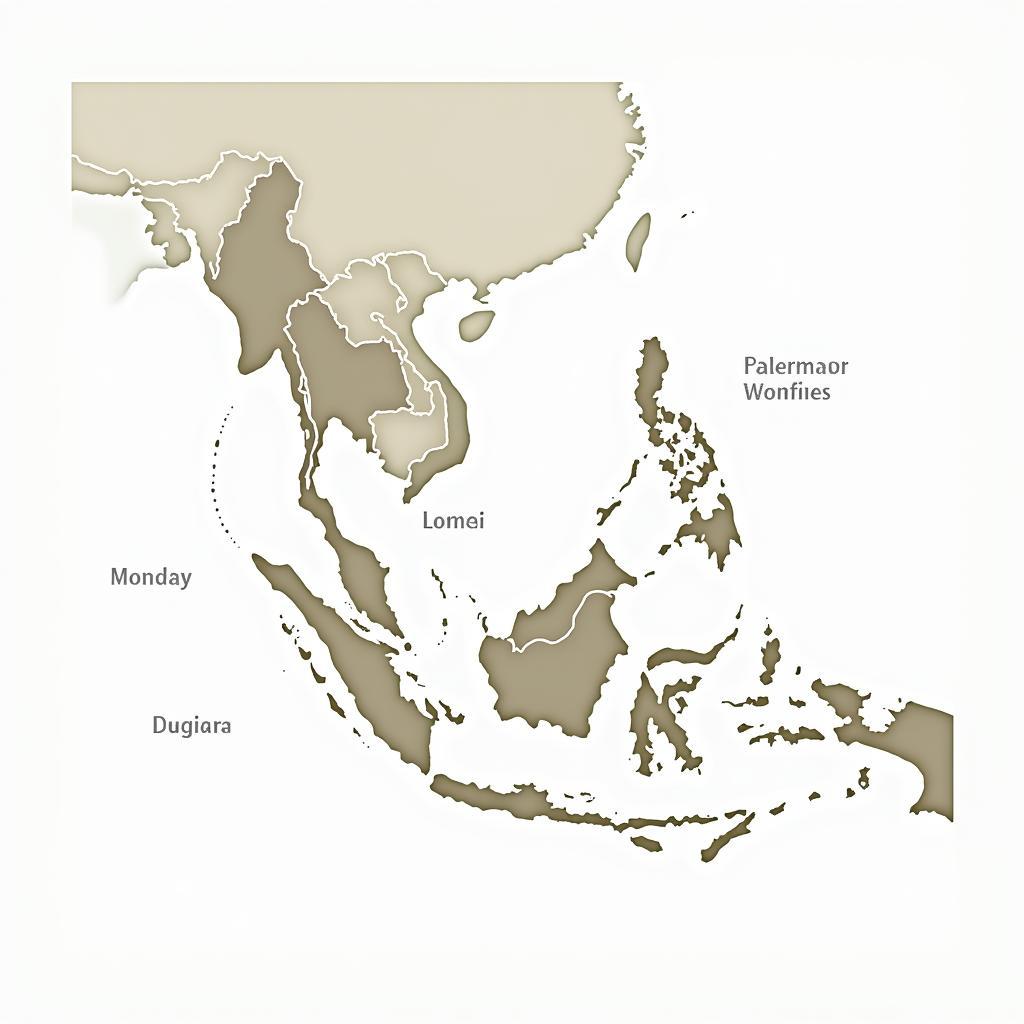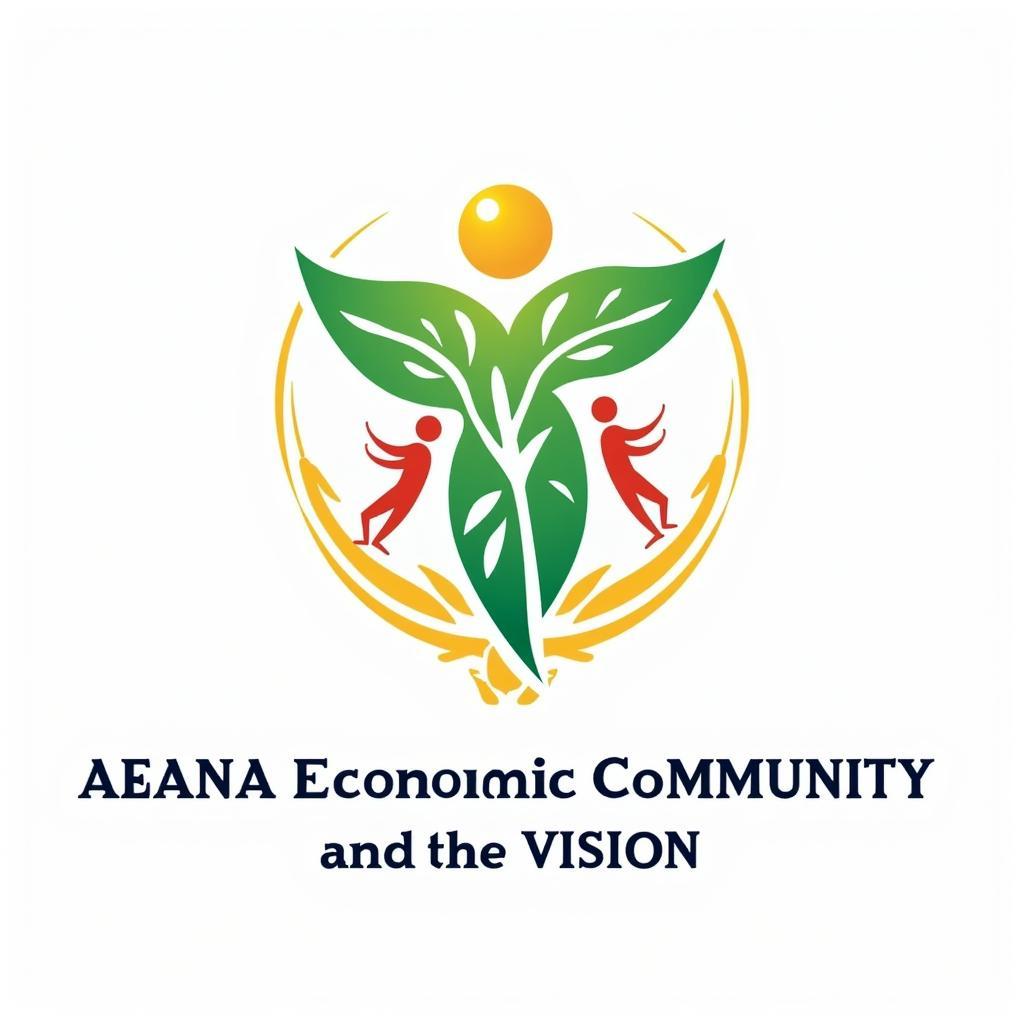The landscape of ASEAN social economics is marked by a dynamic interplay of factors that shape the region’s trajectory towards integration and development.
The Intertwined Nature of ASEAN Social Economics
 ASEAN Economic Integration
ASEAN Economic Integration
Southeast Asia’s diverse tapestry of cultures, languages, and historical experiences adds complexity to its economic integration. ASEAN, as a regional bloc, strives to harmonize these differences while fostering inclusive and sustainable growth. The close relationship between social and economic factors is evident in ASEAN’s approach to development, which emphasizes poverty reduction, human development, and social justice alongside economic growth.
Key Pillars of ASEAN Social Economics
Several key pillars underpin ASEAN’s approach to social economics:
- Human Capital Development: Recognizing that an educated and skilled workforce is key to economic competitiveness, ASEAN prioritizes education and skills development. Initiatives focus on improving access to quality education, promoting technical and vocational training, and fostering innovation and entrepreneurship.
- Social Protection and Welfare: ASEAN nations are increasingly focusing on strengthening social safety nets to protect citizens from economic vulnerabilities. This includes programs targeting poverty reduction, healthcare access, unemployment insurance, and social assistance for vulnerable groups.
- Labor Mobility: Facilitating the movement of skilled labor within the region is seen as crucial for economic growth. ASEAN has made strides in easing restrictions on labor mobility, aiming to enhance regional competitiveness and address labor shortages in specific sectors.
- Sustainable Development: The impact of climate change and environmental degradation poses a significant threat to the region. ASEAN is committed to promoting sustainable development practices, balancing economic growth with environmental protection. This includes promoting green technologies, investing in renewable energy, and advocating for sustainable consumption and production patterns.
Challenges and Opportunities in ASEAN Social Economics
 Digital Economy Growth in ASEAN
Digital Economy Growth in ASEAN
While ASEAN has made significant progress in promoting social and economic development, challenges remain:
- Income Disparity: Despite overall economic growth, income inequality persists within and across ASEAN member states. Bridging this gap requires targeted policies that promote inclusive growth, create decent work opportunities, and address regional disparities in development.
- Infrastructure Development: Inadequate infrastructure, particularly in connectivity, transportation, and energy, hinders regional integration and economic growth. Closing this infrastructure gap is essential for facilitating trade, investment, and people-to-people connectivity.
- Digital Divide: The rapid rise of the digital economy presents both opportunities and challenges for ASEAN. Bridging the digital divide within and among member states is crucial to ensure that all segments of society can benefit from the digital revolution.
The Future of ASEAN Social Economics
 ASEAN Economic Community Vision
ASEAN Economic Community Vision
The journey of ASEAN social economics is ongoing. As the region navigates a complex and rapidly evolving global landscape, its focus on inclusive and sustainable development remains paramount. By addressing social challenges, investing in human capital, and embracing technological advancements, ASEAN can harness its potential to become a more integrated, prosperous, and resilient region.
For those interested in deepening their understanding of the dynamics shaping Southeast Asia, we encourage you to explore our related articles on “ASEAN and Regionalism in Southeast Asia” and “ASEAN 2015 Philippines.”
Expert Insights
- “ASEAN’s commitment to social and economic development is commendable. By prioritizing human capital and inclusive growth, the region is well-positioned to navigate future challenges.” – Dr. Maya Kumar, Economist specializing in Southeast Asian development
- “The digital economy presents a transformative opportunity for ASEAN. By bridging the digital divide, the region can unlock new avenues for growth and social progress.” – Mr. Anthony Tan, Tech Entrepreneur and Advocate for Digital Inclusion in Southeast Asia.
FAQs about ASEAN Social Economics
1. What is the role of the ASEAN Secretariat in promoting social economics?
The ASEAN Secretariat plays a coordinating role in facilitating cooperation among member states on social and economic issues. It supports the implementation of regional agreements, conducts research and analysis, and provides technical assistance to member countries.
2. How does ASEAN address the issue of poverty reduction?
ASEAN has adopted various initiatives targeting poverty reduction, including promoting rural development, supporting micro, small and medium enterprises (MSMEs), and enhancing social protection programs for vulnerable groups.
3. What are some of the key challenges to achieving equitable and sustainable development in ASEAN?
Key challenges include addressing income inequality, bridging the infrastructure gap, mitigating the impacts of climate change, and managing the social and economic implications of rapid technological advancements.
4. How can I stay updated on the latest developments in ASEAN social economics?
You can stay informed by following the ASEAN Secretariat’s website, reputable news outlets focusing on Southeast Asia, and academic journals specializing in Asian economic and social issues.
Need further assistance?
Contact us at Phone Number: 0369020373, Email: aseanmediadirectory@gmail.com or visit our office at Thon Ngoc Lien, Hiep Hoa, Bac Giang, Vietnam. Our dedicated customer support team is available 24/7 to address your queries.

